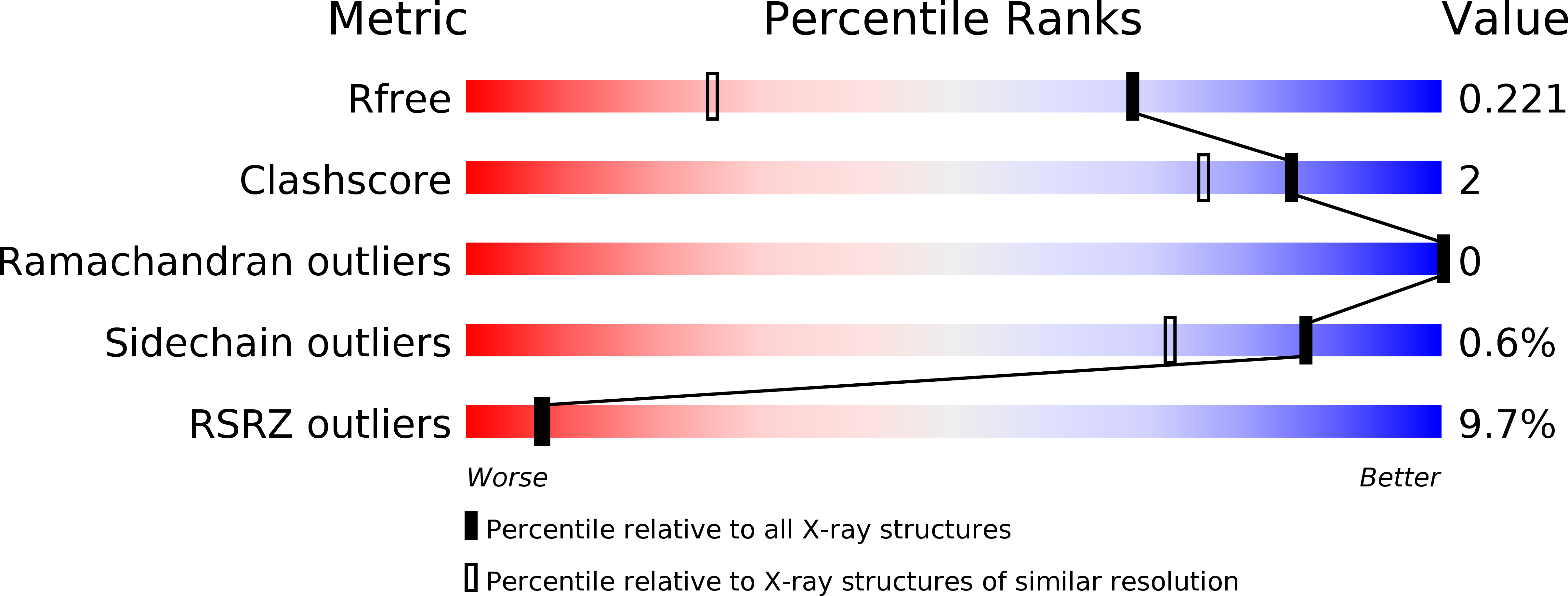
Deposition Date
2012-10-17
Release Date
2013-03-13
Last Version Date
2024-03-20
Entry Detail
PDB ID:
4HLY
Keywords:
Title:
The complex crystal structure of the DNA binding domain of vIRF-1 from the oncogenic KSHV with DNA
Biological Source:
Source Organism:
Human herpesvirus 8 (Taxon ID: 37296)
synthetic construct (Taxon ID: 32630)
synthetic construct (Taxon ID: 32630)
Host Organism:
Method Details:
Experimental Method:
Resolution:
1.48 Å
R-Value Free:
0.22
R-Value Work:
0.19
R-Value Observed:
0.19
Space Group:
P 1


